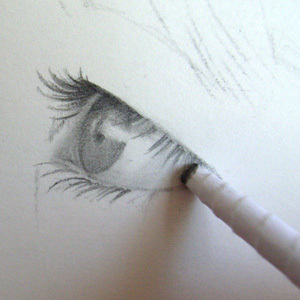 Drawing from life or photo? Drawing from life or photo? I often get asked the question; do you draw from life too or just from photos? Or, people assume that because I can draw life-like portraits from photos that it is an easy step to just draw from life. The question of whether you can tell the difference between a portrait drawn from life or a photo is an interesting one, but I'm not sure myself if it matters at all. As long as the finished portrait fits its purpose and the client is happy then it is a good portrait. What makes the difference between a good portrait and a great portrait is just as difficult to answer. Photos are a great tool for the modern portrait painter, especially in the digital age when we can send photos easily and quickly by email. They make my job easier because I can accept portrait commissions from anywhere in the world, draw the portrait, send the client a proof image by email, and if they are happy with the portrait send them the original by post. It is often just not practical to draw from life for commercial portraits, unless you are able to charge such high prices that clients are happy to travel to your studio and sit while you paint or draw. When a client orders a portrait, they quite rightly want a good result, at a fair price and delivered within a reasonable time scale. Some will say that the discerning eye can tell the difference between a portrait from life or a portrait from a photo. Drawing from life is more challenging because you have to capture the features 'on the move' because the subject cannot physically stay perfectly still for the duration of the portrait. Drawing from life does have the advantage that you actually meet and experience the character of the person sitting on front of you while you chat to your subject while you draw. The downside of this is that by its very nature, sitting still and posing for a portrait can become quite boring and this boredom can then transfer into the facial expression of your subject (if the conversation runs dry), and then this boredom can become part of the portrait! Having a background in drawing from life makes drawing from photos much easier because you build up a knowledge of human anatomy. Da Vinci for example was said to have often drawn from his imagination because he had a great knowledge of the human form. The advantage of taking a photo is that it captures the moment, which can be a moment of joy, sadness, or other aspect of human character that makes us all different. The skill of the artist in trying to then transfer this moment in time into a portrait painting or drawing is what makes the difference between a good portrait or a great portrait. Most of my pencil portraits take many hours work, often spread over several days in an attempt to understand the character of the subject I am drawing from the photos I have in front of me. Having several photos is an advantage because it helps give me an impression of how the person moves. Getting that 'something special' into each portrait, whether from life or photo is what really counts for achieving a great portrait. Working from life requires a different artistic skill than when working from photos, but neither is less or more skilful than the other. When I work from photos, I often have to let a portrait stand for a day or so at the point when it is almost finished. Coming back to a portrait with fresh eyes is often the best way to being able to see what is required to put the final finishing touches to make the portrait complete. http://www.portraits-online.com/art-blog/can-you-tell-the-difference-between-a-portrait-drawn-from-life-and-one-that-is-drawn-from-a-photo old URL:
http://www.portraits-online.com/art-blog/pencil-portrait-drawing-of-a-young-couple Start by sketching out the form
I start by sketching out the basic form and proportions of the portrait using a light pencil line which can be easily erased or corrected if necessary. A B-Grade pencil is a good choice because it is soft enough a leave mark on the paper but not over-dominant. A harder pencil, 2H for example, could leave a depression in the paper surface making it difficult later to correct any mistakes. A life-like portrait requires that key proportions are correct in order to look realistic, so take time at this early stage to get the structure correct. A pencil portrait drawing of a young couple. The original photo was a good one to work from because it was already a well chosen composition and the details were very clear. The very dark tones of the clothing and hair were achieved with a soft 8B graphite pencil. The skin tones with a combination of harder (light) pencils and find graphite powder brushed on with a tortillon and a cotton wool pad.
http://www.portraits-online.com/art-blog/pencil-portrait-drawing-of-two-people The original portrait photo did not show the complete hair so I decided to fade the edge of the composition instead of trying to fill in what wasn't in the photo. I think it works quite well in the final portrait drawing. To get the very fair skin tones I use graphite powder brushed on with a soft cotton wool pad. Some artist prefer to use a dry brush but I tend to prefer the cotton wool method. The details are drawn with a variety of soft pencils, and a malleable art eraser is used to finally pick out reflections and lines in the hair.
http://www.portraits-online.com/art-blog/portrait-of-a-child-graphite-pencil-drawing |
Categories
All
ArchiveS
February 2015
|
|
UK 056 03 02 50 40
DE 08651 / 9749107 |
|
|
Chris Mosley. 81 Nethermoor Lane, Killamarsh, Sheffield, S21 1BZ United Kingdom | This site uses Cookies: Privacy Policy | Terms & Conditions | ©2017 Chris Mosley All Rights Reserved
|

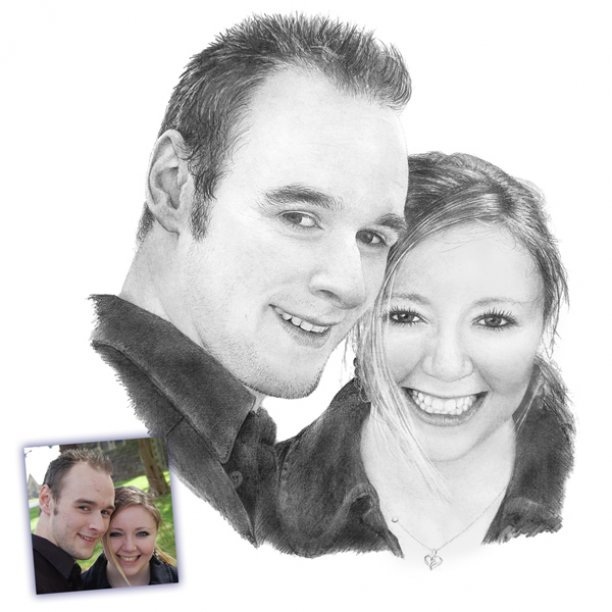
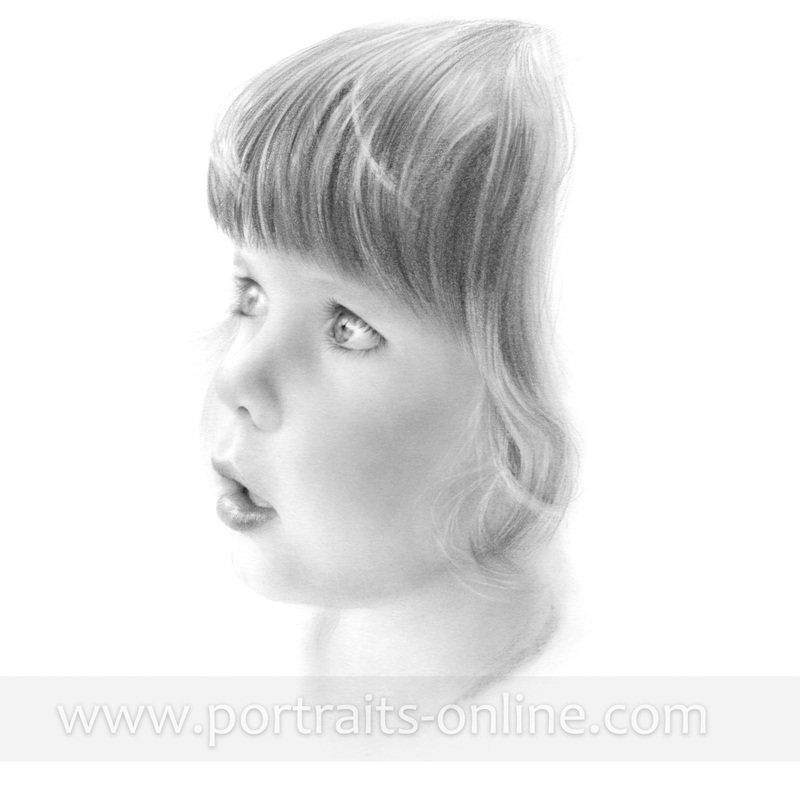
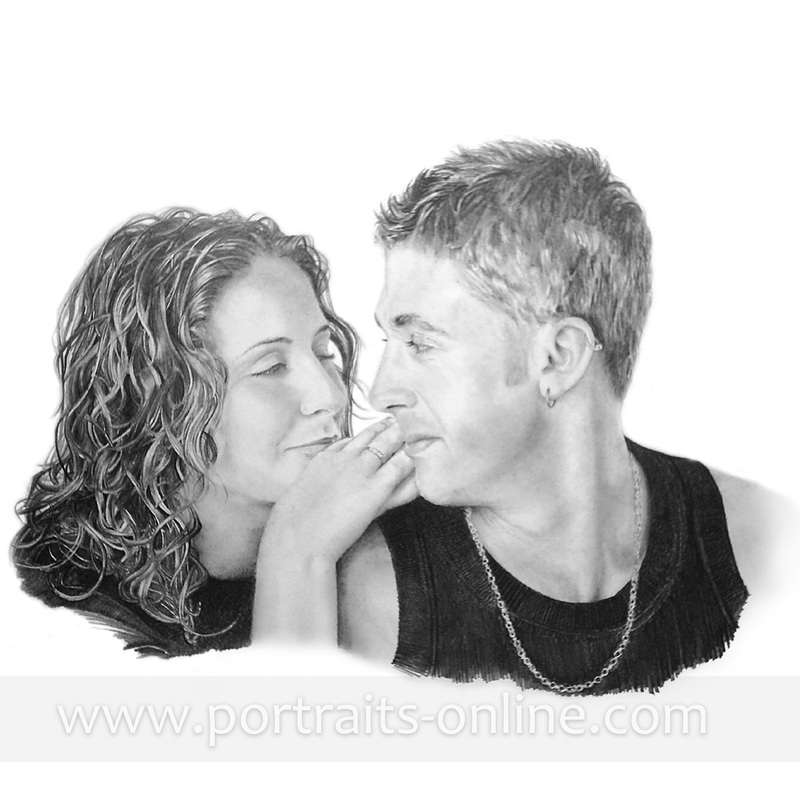
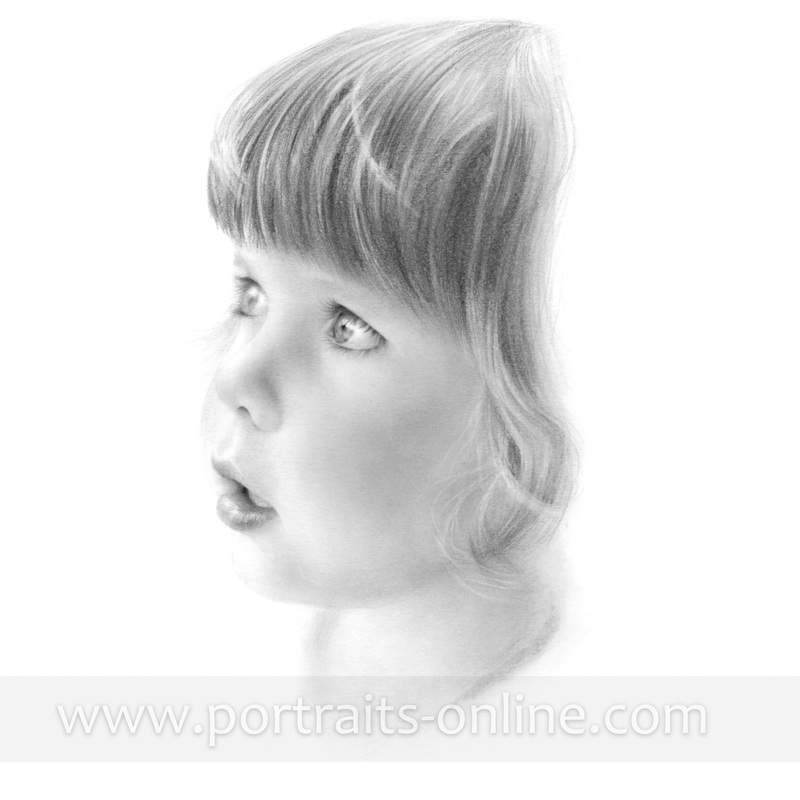
 RSS Feed
RSS Feed